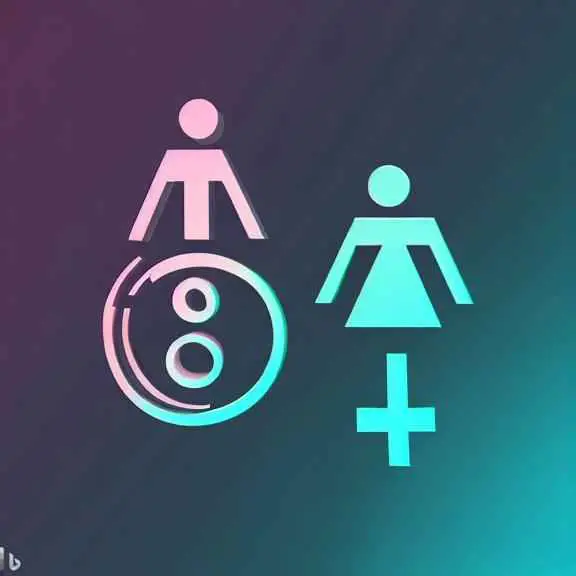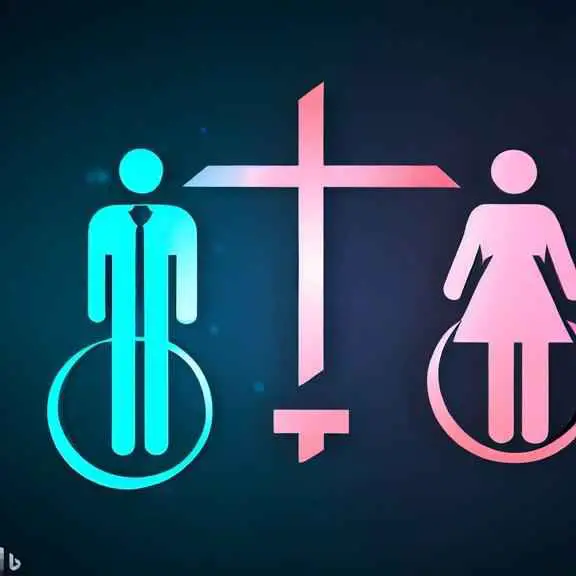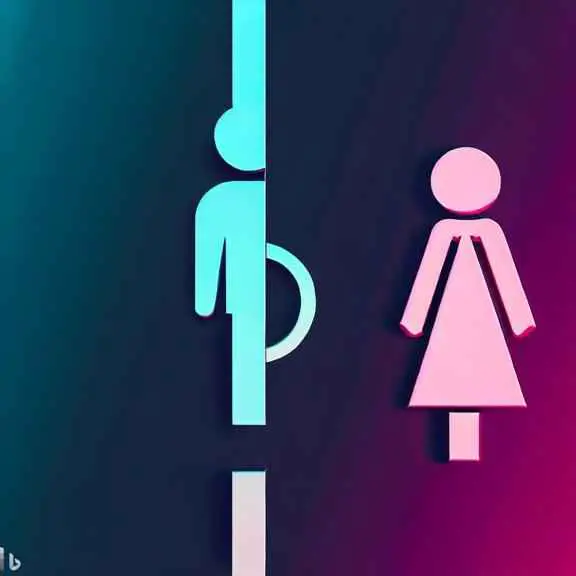Paragraph on
Gender Equality
for all Class, Words
by Society on
Gender equality is a concept that has been gaining momentum globally, yet it is still far from being realized. It refers to the belief that…, please continue reading.

Table of Content
Ad
The Paragraph on Gender Equality
Ad

Questions about Gender Equality
Ad
Gender equality is a concept that has been gaining momentum globally, yet it is still far from being realized. It refers to the belief that all genders should have equal opportunities, rights, and responsibilities in all aspects of society, including education, politics, and the workplace. Despite the progress that has been made towards gender equality, women and other marginalized genders still face discrimination and inequality in many areas of life. Currently, only a handful of countries have achieved full gender equality, with several still lagging behind.
One of the biggest challenges to achieving gender equality is the persistence of gender stereotypes and biases. These stereotypes are deeply ingrained in society and can harm individuals by limiting their opportunities and negatively influencing their self-worth. For example, women are often characterized as weak, emotional, and nurturing, whereas men are stereotyped as strong, rational, and dominant. Such biases can lead to discriminatory practices in hiring, pay, and promotion, among other things.
Despite the challenges, there are many ways to promote gender equality. For one, education is key in breaking down gender stereotypes and promoting equal opportunities. Educating individuals about the value of gender diversity can also help to change attitudes and perceptions towards marginalized groups. Providing equal access to health services, legal protection, and job opportunities can also go a long way in promoting gender equality. Advocacy groups and activists can also raise awareness and push for policy changes to address gender inequality.
In conclusion, gender equality is a crucial element in creating a fair and just society. While progress has been made, much work still needs to be done to eliminate the persistent sexism and discrimination that marginalized genders face on a daily basis. It is up to all of us to challenge gender stereotypes and biases, and to advocate for equal rights and opportunities for everyone.
- What is gender equality?
Gender equality is the belief that all genders should have equal opportunities, rights, and responsibilities in all aspects of society.
- Why is gender equality important?
Gender equality is important because it promotes fairness, justice, and equal opportunities for all. It is also a fundamental human right.
- What are some challenges to achieving gender equality?
Some challenges to achieving gender equality include gender stereotypes and biases, discrimination, and lack of access to resources and opportunities.
- How can education help promote gender equality?
Education can help promote gender equality by breaking down gender stereotypes and promoting equal opportunities for all genders.
- What can advocacy groups and activists do to promote gender equality?
Advocacy groups and activists can raise awareness about gender inequality, push for policy changes, and advocate for equal rights and opportunities for marginalized genders.
- What are some examples of gender stereotypes?
Examples of gender stereotypes include women being characterized as weak, emotional, and nurturing, and men being stereotyped as strong, rational, and dominant.
- What is the role of legal protection in promoting gender equality?
Legal protection can help prevent discrimination and ensure that all genders have equal access to legal resources and protection.
- What are some actions individuals can take to promote gender equality?
Individuals can promote gender equality by challenging gender stereotypes, advocating for policy changes, and supporting organizations and initiatives that promote gender equality.
- What is the impact of gender biases on marginalized genders?
Gender biases can negatively impact marginalized genders by limiting their opportunities, negatively influencing their self-worth, and leading to discriminatory practices in areas such as hiring and pay.
- How many countries have achieved full gender equality?
Only a handful of countries have achieved full gender equality, with several still lagging behind.

Vocabulary related to Gender Equality
Ad
Vocabulary words:
- Marginalized - (adjective) treated as insignificant or peripheral; ignored. Synonym: disadvantaged. Antonym: privileged.
- Discrimination - (noun) the unjust or prejudicial treatment of different categories of people or things, especially on the grounds of race, age, or gender. Synonym: bias. Antonym: fairness.
- Stereotype - (noun) a widely held but fixed and oversimplified image or idea of a particular type of person or thing. Synonym: clich茅. Antonym: individuality.
- Nurturing - (adjective) tenderly caring and protective; encouraging of growth or development. Synonym: supportive. Antonym: neglectful.
- Biases - (noun) opinions or beliefs that are unfair or unreasonable and based on personal preferences. Synonym: prejudices. Antonym: impartiality.
- Advocacy - (noun) public support for a particular policy or cause. Synonym: promotion. Antonym: opposition.
- Fairness - (noun) treating people equally without favouritism or discrimination. Synonym: justice. Antonym: unfairness.
- Rational - (adjective) based on or in accordance with reason or logic. Synonym: logical. Antonym: irrational.
- Activists - (noun) a person who campaigns to bring about political or social change. Synonym: campaigner. Antonym: conservative.
- Opportunity - (noun) a set of circumstances that makes it possible to do something. Synonym: chance. Antonym: obstacle.

Structure of the sample "Gender Equality" paragraph
Ad
Cohesion & Coherence: The paragraph on gender equality is well-organized and cohesive. At the beginning, we are introduced to the concept and its importance, followed by the challenges to achieving gender equality. The paragraph then proceeds with ways to promote gender equality, including education, legal protection, and advocacy groups. Finally, it concludes with a restatement of the importance of gender equality and the need for collective action. Throughout the paragraph, key terms relating to gender equality are repeated, providing a sense of coherence and reinforcing the main message of the paragraph.
